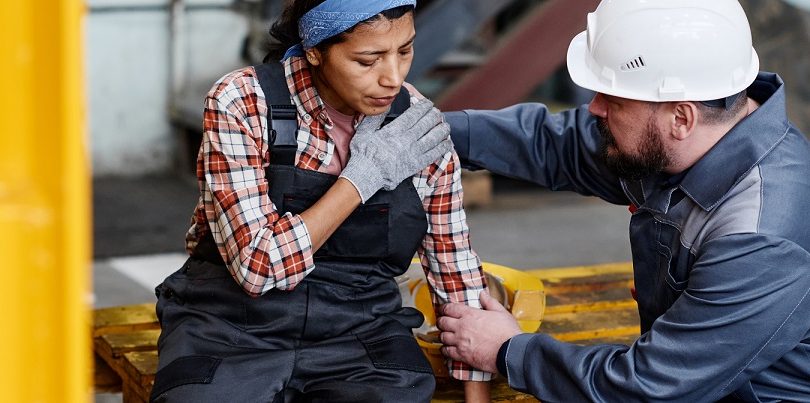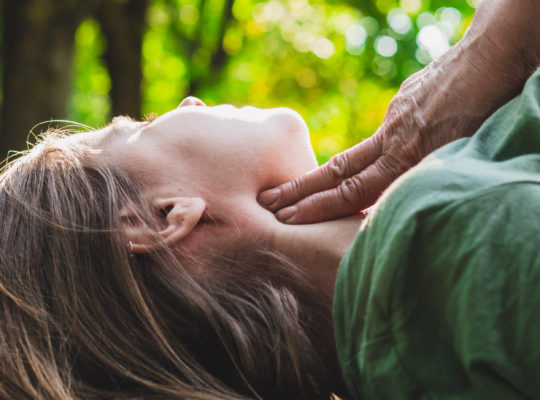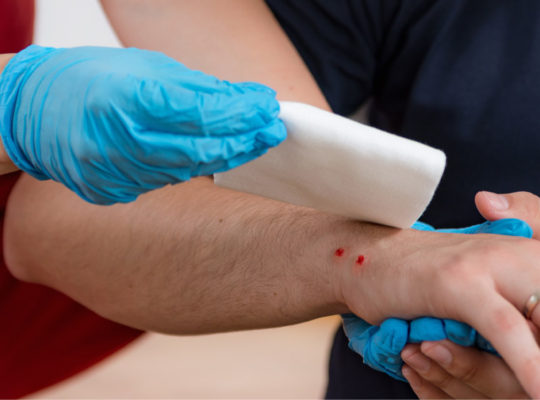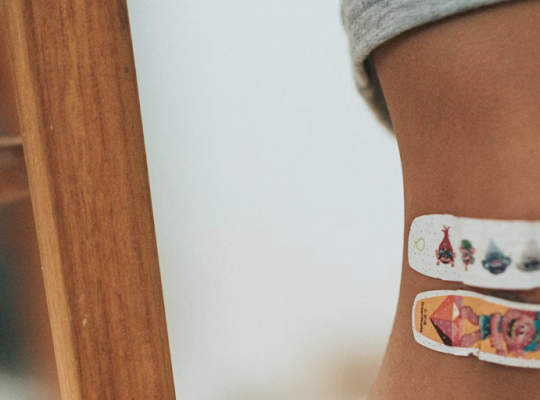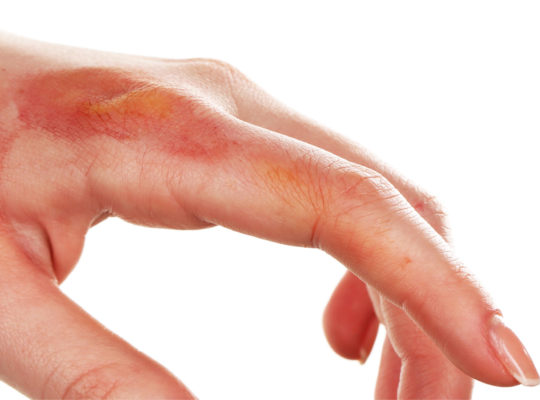What Is a Dislocation?
A dislocation is when a joint, most often the shoulder or knee, is moved out of its normal position. A dislocation is different from a fracture because there is no bone damage, only tendon and muscle damage. This can be caused by direct impact or hyperextension. Dislocations are common in sports, athletics, automotive accidents, an even from falling.
Symptoms include severe sharp pain, deformity at and around the affected joint, swelling and bruising, difficulty and/or inability to move the part. Do not attempt to relocate the joint on your own as this could cause more damage to the joint.
How to Treat a Dislocated Shoulder
The main objective is to stabilize the dislocated limb to prevent further damage.
- First, call 911 if a hospital or urgent care facility is not nearby, or no one is able to help transport the injured person.
- Second, help the patient to lie still and avoid any unnecessary movement or manipulation of the affected area
- Third, use a shirt, towel, or rolled up cloth and a sling to support the injured shoulder. Place the cloth under the armpit, in-between the chest and arm. Then have the person hold their hand across the chest around the bottom of their ribcage and use a triangular bandage to keep the arm stable.
- Fourth, apply a cold compress or ice pack wrapped in a cloth to reduce swelling and pain.
- Lastly, wait for help or transport the injured person to a medical facility.
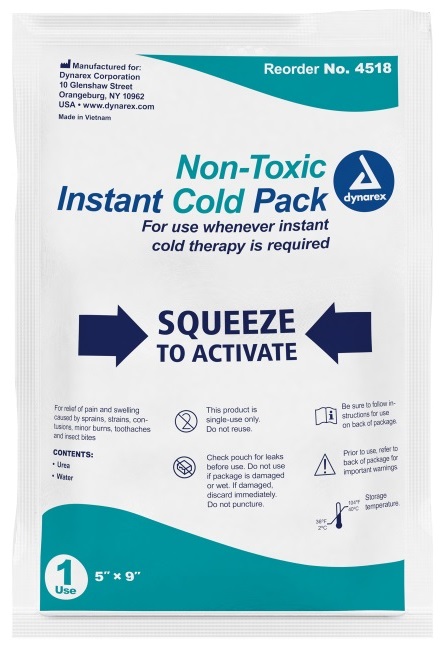
How to Prevent Shoulder Dislocations
The two best ways to prevent a shoulder dislocation is 1. To wear protective gear while playing sports or exercising, and 2. To focus on training joint strength and flexibility. Properly maintaining your body is the best way to prevent injury. Mechanically, the shoulder is a ball joint and socket held together by muscles and tendons, making it very easy to dislocate. Improving flexibility reduces the pressure on the joint during movement, which reduces the chance of a dislocation.
For a practical example, think of two tree branches that are the same size, but one is stiff and the other is flexible. Bending the two with the same force will result in the flexible branch bending while the stiff one breaks. So, in the case of a shoulder, the muscles and tendons with limited mobility will put more pressure on the joint than flexible ones, increasing the chance of a dislocation.
Dislocation Risk Factors
The biggest risk factors for dislocations are contact and action/extreme sports, hypermobility syndrome in the joints, previous dislocations, and older age.
Sports are the most common causes of dislocation because of the repeated stress and impacts the body has to endure. Baseball pitchers, skateboarders, and football players all have a high chance of getting their shoulder dislocated due to the over-use, consistent falls and impacts of their sports.
Hypermobility syndrome is a genetic condition that gives a person a greater than average range of motion in certain joints. While this may seem like natural flexibility, it can actually lead to dislocations because the muscles and tendons tend to be weaker. Previous dislocations cause similar issues until the affected area is able to fully heal.

